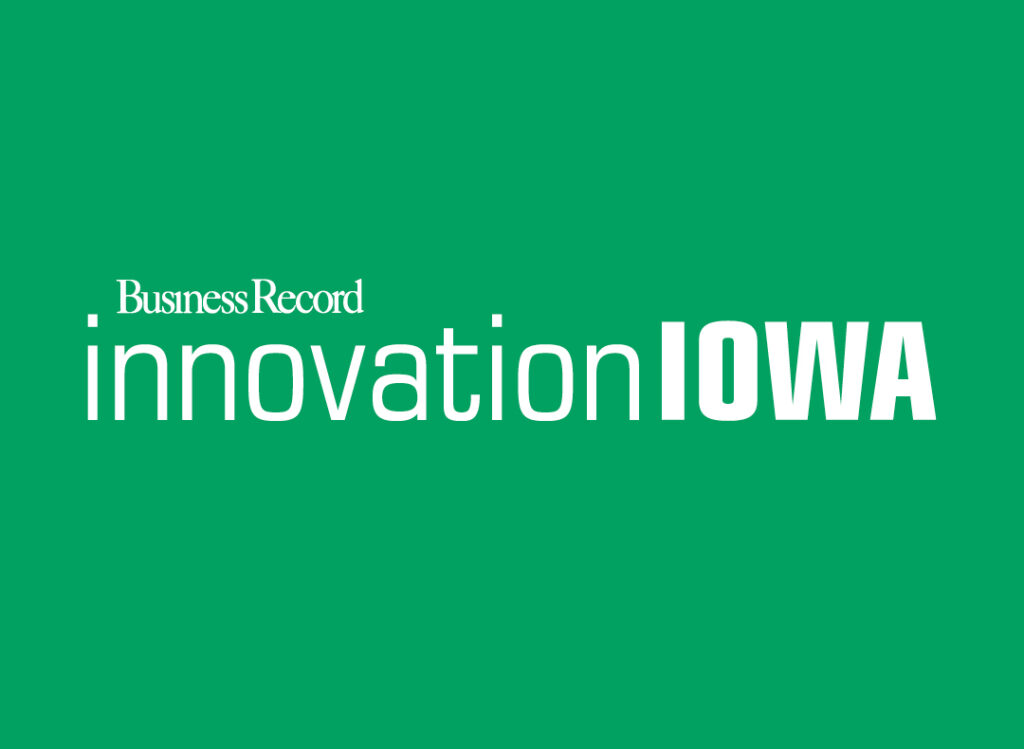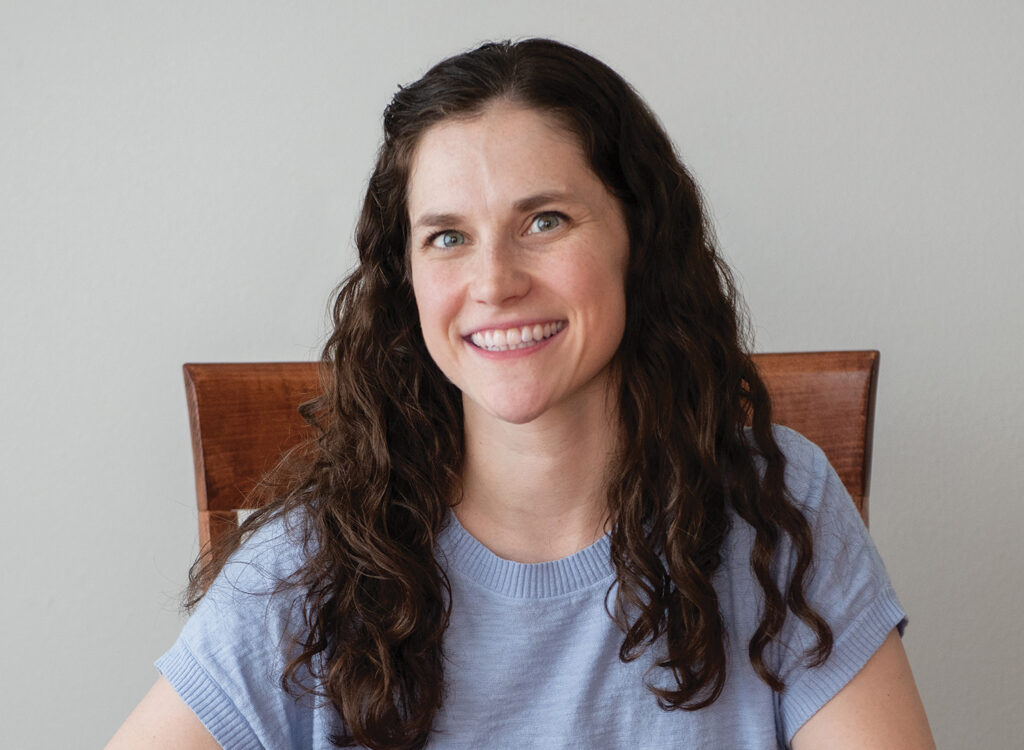Coping with Covid-19: Uncertainty surrounds economic recovery from coronavirus pandemic

MICHAEL CRUMB May 14, 2020 | 7:09 am
5 min read time
1,264 wordsBusiness Record Insider, Economic Development
Nearly 242 readers participated in the April 28 Coping w/COVID panel discussion, which was focused on how the labor market is being affected by the pandemic. The conversation, moderated by Business Record Publisher and Executive Editor Chris Conetzkey and Senior Writer Kathy Bolten, included five experts:
Beth Townsend, executive director of Iowa Workforce Development
Dave Swenson, Iowa State University economist
David Leto, president of Palmer Group
Kathy Joblinske, market president and executive vice president of Manpower Group
Lori McCarty, chief strategy officer at Holmes Murphy and Associates
We’re all watching how the economy recovers from the shutdowns and layoffs caused by the coronavirus pandemic, and what sectors of the job market emerge first as our communities reopen and people return to work. What is clear is there are no clear answers as we navigate what is expected to be a slow recovery. Whether it’s what jobs will be the first to return or what those jobs will look like as employees who have been working remotely to return to the office, a lot of questions are yet to be answered.
Here are some of the highlights from our discussion.
What are long-term effects of COVID-19 on the labor market?
Swenson: We’re going to learn more about it as we move through, but expectations are for a very depressed job market for several quarters — three, four, maybe five quarters before we work our way out of this. Unemployment is expected to be up and stay up for much of this year … so the next few months is going to give us some insights into what to expect as we get into the third and fourth quarter and then into next year.
Townsend: It’s hard to know what this is going to look like on the other side. I would have said something different two weeks ago than I would say today, so we’ll just have to see how the limited reopening of the 77 counties goes. The number I continue to watch is the number of continuing claims that we report each week, and as long as that number continues to increase or remains as high as it is right now, then that’s a good indication our unemployment is going to be with us for an extended period of time.
McCarty: I think a lot of us wish we could just return to normal. I’m not sure that’s realistic. The sooner we can accept as a whole that it may not ever go back to exactly the way it was, but that there is a new normal, the more we can lean into innovation, creativity, and that means really staying connected, listening to customers, identifying gaps that exist in this new world and looking for ways we can serve those gaps that will help us deploy the workforce in a different way going forward. Some of it will return to normal, but there will also be a newness that in hindsight will be exciting to see.
Leto: We just don’t know a lot. Often, when a recession happens, an organization’s biggest asset is their people; that is also the biggest expense, so that’s the fastest way companies can save money is by cutting head count. So that part is a little scary. There’s just a lot of uncertainty. Goldman Sachs predicted that this event will be four times worse than the Great Recession. That’s a pretty big number there.
How are companies recruiting in this new environment?
Joblinkse: We have seen a massive migration from one industry to another. I think long term, employers need to think about their training efforts and how they’re recruiting, what’s going to be different where they are recruiting based on ability and skill set even more than in the past. I think there’s also going to be a new lens of that total cost of the workforce. Absenteeism is definitely impacting employers today. … That will continue to be a concern for quite some time, so there’s a lot of hidden costs in that total cost of the workforce that we need to recalibrate.
Leto: We have clients who are doing all the interviews via phone and video and doing the hiring based off of that. They’re also onboarding folks from their homes online, so that has become more popular. Never would have thought about that, hiring somebody without seeing them or onboarding them without ever doing that in person. Everything is becoming a lot more virtual. There’s also a lot of college kids here ready to take on the world and their start dates have been pushed back or paused, or a lot of offers have been rescinded, too, which was really too bad. Now, as an employer, is the time to strategically hire the talent you’re looking for, because they may not have been out there before and they may be out there now, so I would encourage employers to open your minds to bettering your situation by hiring those people that could help your company in the future. Have that longer-term view than just what’s going on in the next 30, 60 or 90 days.
How will the economic effects of the pandemic differ from what we saw during the Great Recession?
Swenson: The big point of that recovery is we did not reacquire the same level of employment until around May of 2013 so we had a long time we had to live with much less industrial activity, much less commercial activity in Iowa. It was a very slow recovery. We went down slowly, but we went down sharply. Here, we crashed, and we’ve had one, two, three, four weeks of very sharp declines. I believe it’s unreasonable to expect that after some lull, one, two, three, four weeks of reasonably strong recovery. I think what we’re going to see over this period of decline is a lot of industries having to adapt to what happened to them, adapt to business models that may no longer work, and because we are now in a worldwide pandemic, we’re going to have a lot of disruptions in a wide range of industrial activity. … And that means I anticipate more layoffs in manufacturing, for example, because demand has been disrupted, and then a slow recovery as those industries start to recover and come back to business as usual to the degree that they can.
What should the community be doing to help or improve the labor market?
Townsend: Buy local. Support your local businesses to the greatest extent possible. We work very well together as a state [to flatten the curve] by following the directions we’ve been provided by our state government, and I think it’s going to take that same type of teamwork and group effort to bring the economy back. There isn’t one answer that’s going to solve all problems. This is going to take an extended period of time. It’s going to be a multifaceted approach, a lot of which we can’t even start to predict what will be needed because of the fluidity of the situation.
Joblinske: From the community standpoint, just remembering everyone is in such a challenging time so having patience and grace for people. … It’s that human touch, and I think for businesses, it’s really important for them to have strong communication with their employees. Thinking of the mental state of people. It’s not simple, and it’s not the same for everybody. Everyone is really being impacted differently and responding differently, so patience and grace … we all need to be thinking about each other.










